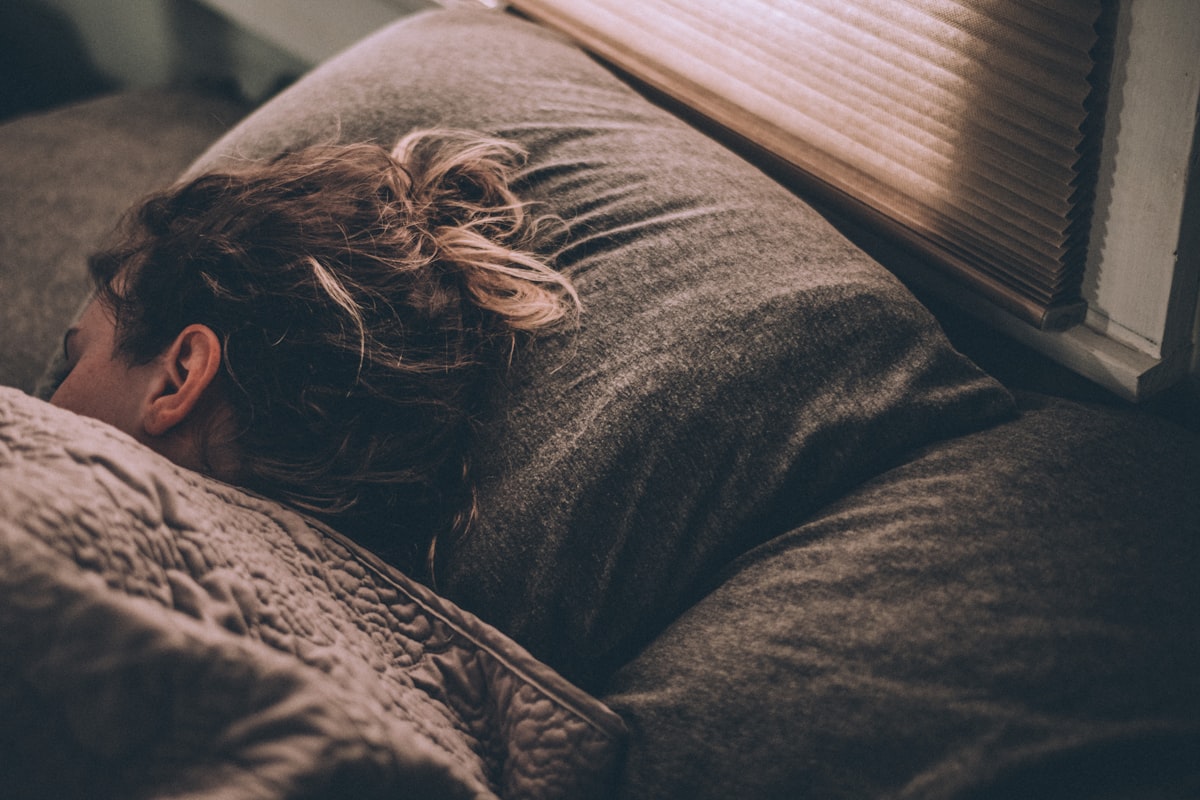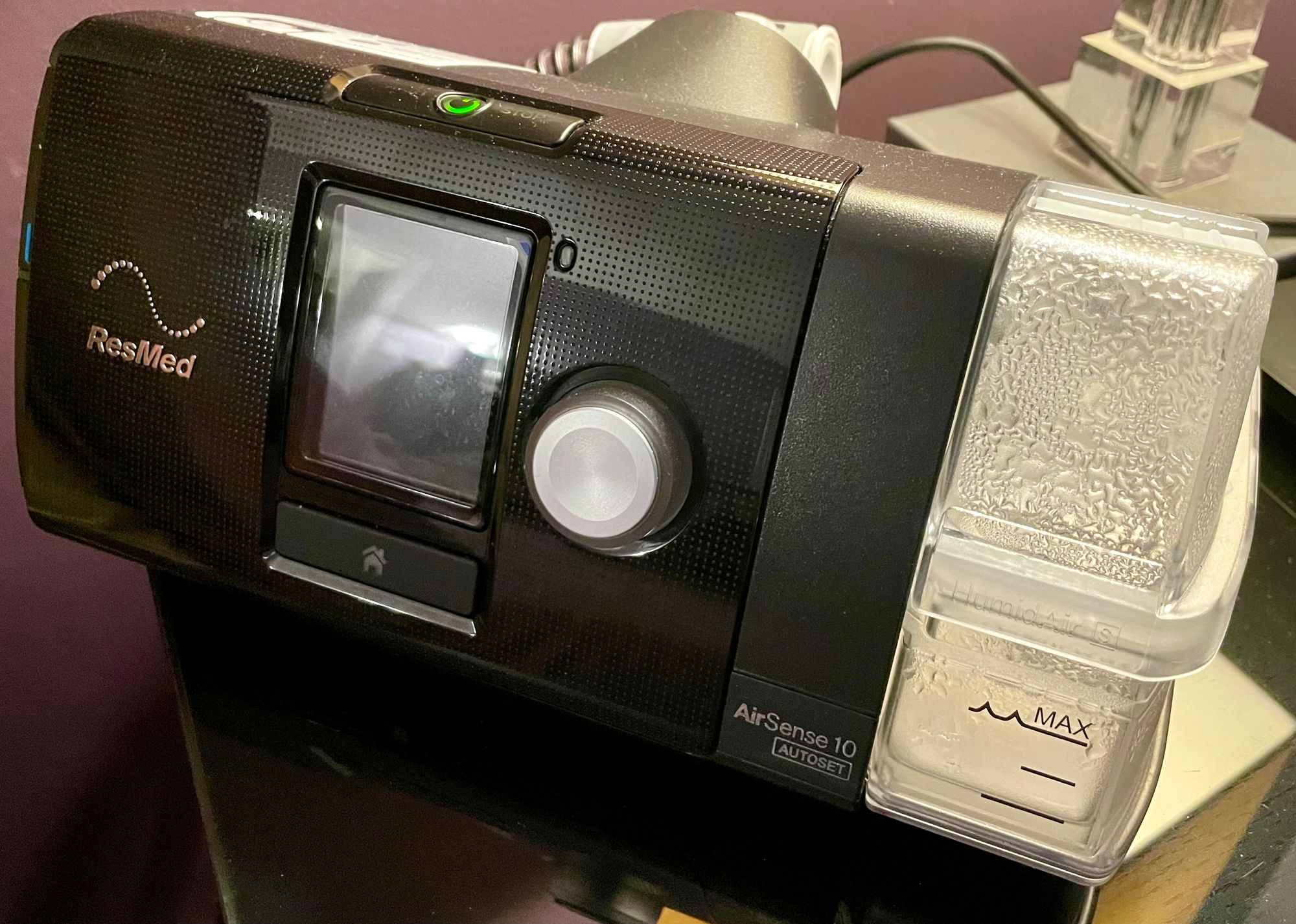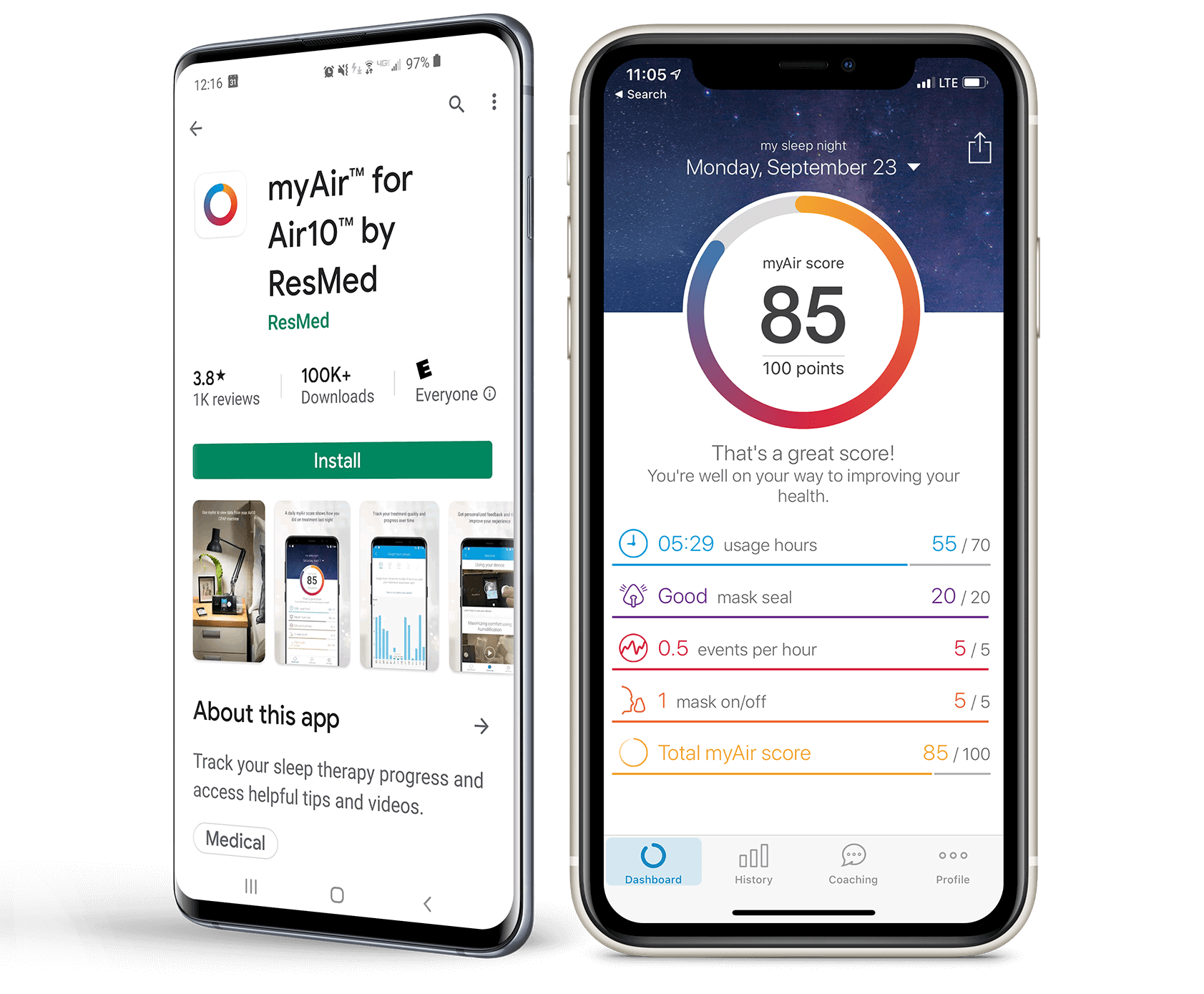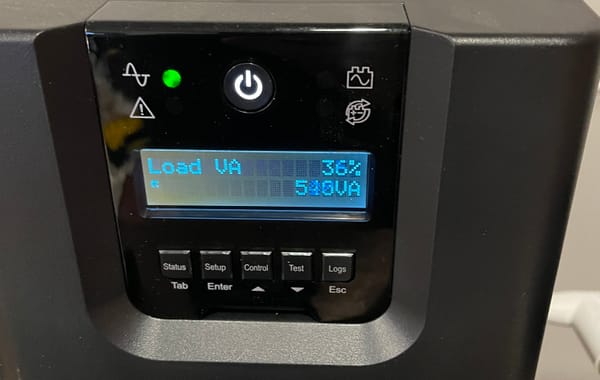The Machines that Help you Breathe When Sleep? CPAP for Beginners
Sleep apnea is a medical condition where one will have occasional pauses in breathing while sleeping. The treatment is a CPAP machine which sends air pressure through a mask, keeping the upper airway passages open. Although early CPAP were quite primitive, today's CPAP are a technological marvel.

Sleep apnea is a serious medical condition where one will have occasional pauses in breathing while sleeping. If left untreated, sleep apnea can cause fatigue, high blood pressure, depression or anxiety, headaches, etc. The common treatment is a CPAP (Continuous Positive Airway Pressure) machine, which sends air pressure through a mask, keeping the upper airway passages open to stop the apnea. Although early CPAP were quite primitive, today's CPAP, like the Airsense 10 by ResMed features in this article, is are a technological marvel.
Configuration
The severity of the sleep apnea varies from patient to patient. To be effective, the CPAP machine must be first configured to the pressure that best suites the patient. Given that the first CPAP machines were paint compressor, with their airflow reversed, the pressure was adjusted by changing series of valves. Adjustement on subsequent models was easier but still had to be done by by the medical administrator. The Airsense 10 can output variable amount of pressure, depending on what the patient requires and the min/max set by the medical professional administrating the machine. Using ramp technology, it starts the night with a lower amount of pressure and progressively increases it as the patient falls asleep. The machine will then monitor the breathing patterns, increase or decreasing pressure during the night as needed.

The machine features a 3G radio to send back usage telemetry to ResMed, such as dispensed pressure, mask fit and session length. It can also measure breathing pauses, thus determine the efficacy of the treatment. Medical administrators can review this data and determine if the configuration should be changed, or if a different mask should be used.
Reporting
Patients can consult the telemetry of their treatment using an application on their phone. The quality of the sleep is then scored based on
- How long did the patient sleep?
- Did air leak from the face mask?
- Did the patient stop breathing during the night?
- How often was the mask taken off?
Patients are encouraged by the app to accumulate high sleep scores, gamifying the sleep experience. All that is missing is a leaderboard. Patients can also consult the history of a particular evaluation point, gaining insight on how their sleep is improving or not.

This level of insight is important, as it is not uncommon for patient to remove their mask during the night and not notice it.
Medical administrators have access to reports with even more insight into the sleep of the patient, including the variable pressure distributed by the unit and timing of any sleep interruption event.
This in-depth information is available to the patient if an SD-Card is inserted into the side of the AirSense 10. That data can be copied over to a computer and analyze using OSCAR, the Open Source CPAP Analyzer and Reporter. Please note that this information should only be used to gain insight into the sleep sessions. Configuration changes to any CPAP machine should only be done by qualified medical administrators.
Continued Evolution
Earlier this year, ResMed released the AirSense 11, featuring improved tutorials for first-time users, over-the-air updates and Bluetooth connectivity. These changes might appear trivial, but they demonstrate a continued progress in this technology. In addition, ResMed is not the only CPAP provider on the market, with the Philips DreamStation 2 and the 3B Medical Luna II offering many of the same convenience. And yet, there is still much room for improvement. Although these machines are lot quieter than they have been, there are not silent. Mask comfort could also be improved, as it would help people keep their mask all night. The truth is that improvements in CPAP can often positively affect the quality of life of a patient, making continued evaluation essential.




